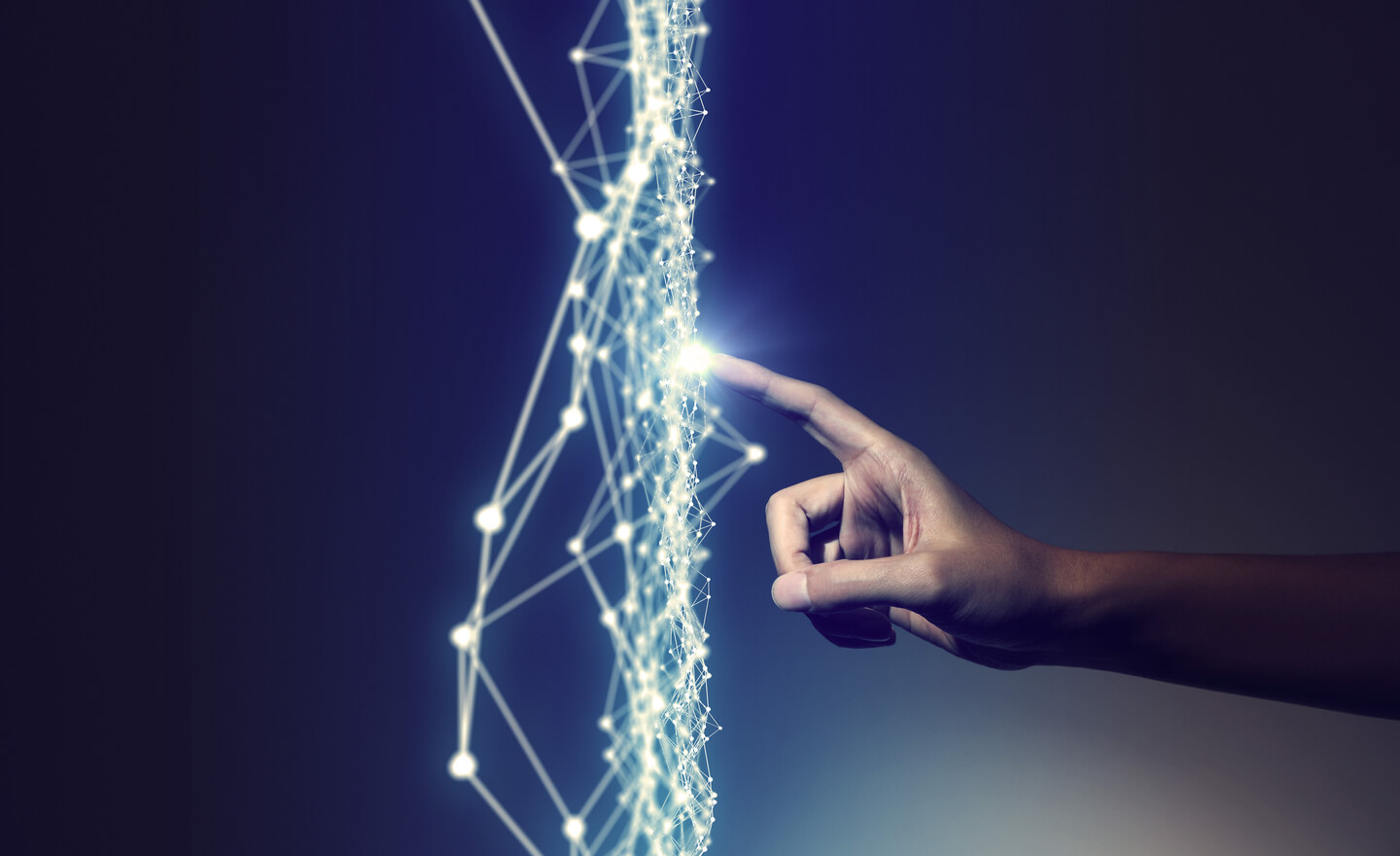Is AI only a ‘digital thing’, or is it radically changing our very physical world?
Pioneering Physicist John Archibald Wheeler once summarized the intricate interconnection between the ‘ethereal’ concept of information and our material physical reality with the poetic “It from Bit”. Intangible entities like the ones flooding our electronics devices, made of 1s and 0s, are literally ‘making up’ and shaping our physical universe.
Artificial Intelligence is an equally ethereal concept, made up of abstract mathematical entities built out of 0s and 1s that code the structuring and functioning of simulated neurons and synapses, eventually endowing AI with the ability to learn and make predictions about the real world that resemble the one produced by our biological brains.

Though, we live in a world made of matter: people, houses, tables and chairs, building, planes, trains and cars. What is the true impact that this abstract thing that is AI has on our everyday physical reality?
While AI has been shown capable of powering chatbots able to interact with customers, look at security cameras for possible thieves of your beloved Amazon package, and to help Facebook and Google understand how to see you more ads, what is really its repercussion on our Physical world?
It’s subtle, but huge. Let me give you an example taken from what I believe is one of the most tangible ‘things’ that exist on Earth… manufacturing, the very process that builds the things above that make up our human world.
How AI shapes the way we build things
One of the main sectors where AI is changing our physical world is manufacturing industry, from product consistency to quality control, in the streamlining of manufacturing supply chains and proactive equipment maintenance.
Envision a modern factory full of manufacturing machines. For instance, in quality control, human supervision can only do so much, while machines produce hundreds of products per hour. Human workers, a vanishingly small commodity in the manufacturing world, simply cannot and do not, have the ability to spot each and every imperfection and defect.

The introduction of AI in the manufacturing floor has materially changed the way factories can boost product defect detection and quality assurance, increasing productivity by 50 percent or more. These are real, physical effect of AI that everybody can touch and quantify!
And this is the tip of the iceberg! According to IDC, 20 percent of leading manufacturers will rely on AI and other technologies by 2021, and McKinsey found that 50 percent of companies that embed AI in their data-intensive manufacturing processes within the next five to seven years, will have the chance to double their cash flow.
Beyond exquisitely physical examples in manufacturing, other AI that affect our physical world include, for example, retail, with intelligent software able to understand customer behavior helping stores to offer them, at the point of sales, more targeted, interesting products. Or healthcare, where our bodies will be helped by better, faster, and more ubiquitous diagnosis aided by AI. Our very homes, thanks to advanced AI integrated in IoT, are changing the physical environment we spend most of our time in by managing lighting, temperature, and other settings. And, to top it off, our own wallet will be (positively) affected by the benefit of AI that accurately and efficiently optimize portfolios of stocks based on users risk preferences.
Digitalization is becoming a more and more integral part of our reality, with billions among IoT sensors, mobile devices, connected machines are tapping into our physical world, folding back into it actions, insights, and essentially changing it, with AI technology at its core.
So, next time you are sitting on a coffee shop reading the next article about AI, remember it’s not only bits. Rather, it is a very important piece of software sandwiched in between real physical systems where information is continuously obtained, understood, and acted upon all the time.
Welcome to the era of ubiquitous, physical intelligence.

